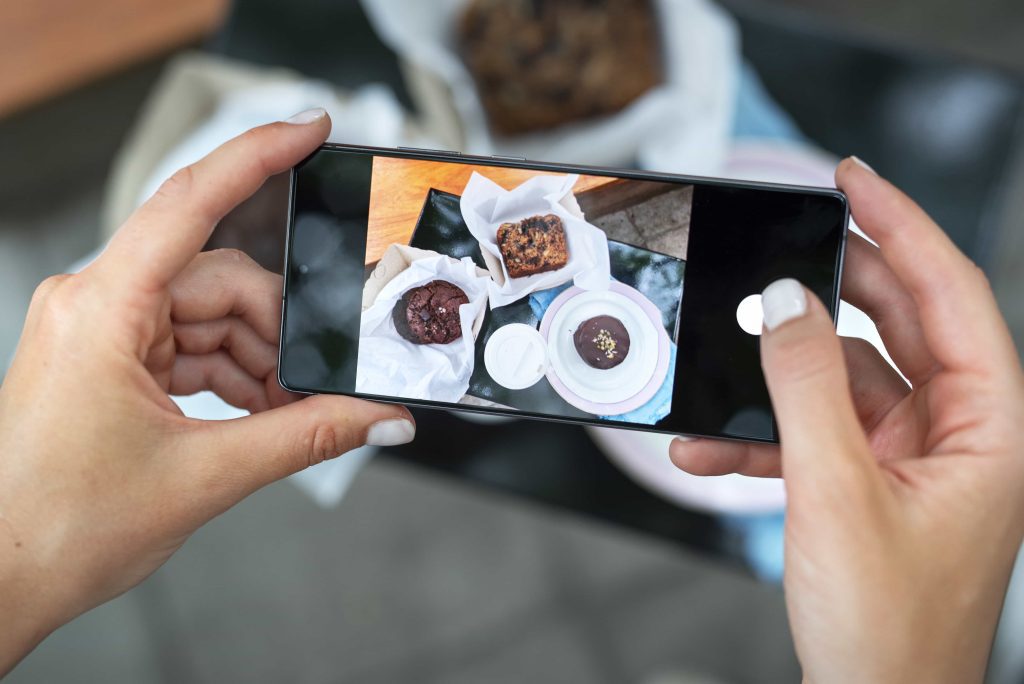
As a local business owner, understanding and leveraging psychology can significantly enhance your sales strategies. By tapping into the fundamental principles of human behavior, you can create more compelling marketing messages, improve customer interactions, and ultimately drive more sales. Here’s a detailed guide on how to use psychology to increase your sales, with practical insights and advanced strategies.

1. The Power of Social Proof
Social proof is a psychological phenomenon where people mimic the actions of others in an attempt to reflect correct behavior. This concept is particularly powerful in sales and marketing.
Use testimonials, reviews, and case studies prominently on your website and marketing materials. Encourage satisfied customers to leave positive reviews and share their experiences on social media. Highlighting reviews from local customers or well-known figures in your community can enhance credibility. Incorporate user-generated content, such as photos or videos of customers using your products or services, to create a more authentic and relatable image.
Example: A local restaurant could showcase Instagram photos of happy diners enjoying their meals, tagged with the restaurant’s location.
Additionally, consider implementing a referral program where existing customers can earn rewards for bringing in new customers. This not only leverages social proof but also incentivizes word-of-mouth marketing.
2. Scarcity and Urgency
The principles of scarcity and urgency tap into the fear of missing out (FOMO), driving customers to take immediate action.
Using phrases like “limited time offer” or “only a few items left” in your promotions can create a sense of urgency. Implementing countdown timers on your website for special promotions or flash sales can also be effective. For local businesses, physical signs indicating limited stock or time-sensitive deals can have a strong impact. Additionally, sending personalized urgency messages, such as follow-up emails to customers who showed interest in a product but didn’t purchase, reminding them that stock is low, can drive action.
Example: A local bookstore could offer a “Weekend-Only Author Meet-and-Greet,” where customers must purchase a book to attend the exclusive event. This limited-time opportunity encourages immediate purchases and participation.
You can also create an urgency-driven loyalty program by offering points or discounts that expire within a short time frame. This approach motivates repeat business and encourages customers to make quick decisions to take advantage of the benefits.
3. Reciprocity
The principle of reciprocity suggests that people feel obliged to return a favor when someone does something for them. This can be a powerful tool in building customer loyalty.
Offering free samples, discounts, or valuable information (such as a free eBook) to potential customers can establish this principle. Personalizing the offers based on customer data, such as sending a personalized thank-you note with a discount code after a purchase, can significantly enhance customer retention.
Example: A local gym could offer a free trial week for new members, along with a personalized workout plan.
Take it a step further by implementing a follow-up system where you check in with customers after they’ve received a free sample or discount. This not only shows that you care about their experience but also provides an opportunity to upsell or cross-sell.
4. Anchoring
Anchoring is the cognitive bias where people rely heavily on the first piece of information they receive (the “anchor”) when making decisions.
Displaying your most expensive products first can make other options seem more affordable. Using decoy pricing, where you introduce a third option that makes the middle option appear more attractive, can subtly guide customers towards a particular choice that benefits your sales goals.
Example: A local electronics store could showcase a high-end TV next to a mid-range model, making the mid-range model appear more cost-effective.
To further enhance this strategy, provide detailed comparisons between products. Highlight the benefits and features of each, making sure the middle option stands out as the best value for money.
5. Commitment and Consistency
People like to be consistent with the things they have previously said or done. Consistency is activated by looking for, and asking for, small initial commitments that can be made.
Encourage small initial commitments, such as signing up for a newsletter or joining a loyalty program. Building on these small commitments by gradually increasing the level of engagement can be effective. For instance, after a customer subscribes to your newsletter, you can ask them to participate in a survey or share a review.
Example: A local coffee shop can start by offering a discount for customers who sign up for their loyalty program, then encourage them to check-in on social media for additional perks.
Another approach is to create a series of micro-conversions that lead to a larger goal. For example, ask customers to watch a short video, then download a guide, and finally book a consultation or make a purchase.
6. The Psychology of Colors
Colors can evoke specific emotions and influence purchasing decisions. Understanding the psychology of colors can help you create more effective marketing materials.
Use color strategically in your branding and marketing materials to evoke the desired emotional response. For example, red can create a sense of urgency, while blue can build trust. Tailoring your color schemes based on your target audience and the psychological impact you want to achieve is crucial. A/B testing different color combinations in your marketing materials can reveal which performs better.
Example: A local spa might use soothing colors like blue and green in their marketing to evoke feelings of relaxation and tranquility.
Consider also the cultural implications of colors, especially if your business serves a diverse community. Colors can have different meanings in different cultures, so it’s important to choose colors that resonate positively with your audience.
7. Storytelling
Humans are wired for stories. A compelling narrative can engage customers on an emotional level and make your brand more memorable.
Using storytelling in your marketing materials to connect with customers can be very effective. Share your brand’s journey, customer success stories, or the mission behind your business. Developing a consistent brand story that is woven through all your marketing channels can enhance engagement. Use multimedia elements like videos and podcasts to tell your story in a more engaging way.
Example: A local artisan bakery can share the story of how they source their ingredients locally and the passion that goes into each handmade product.
Enhance your storytelling by involving your customers. Feature their stories and experiences with your brand in your marketing materials. This not only adds authenticity but also builds a community around your brand.
Conclusion
Using psychology to increase your sales is about understanding and leveraging the fundamental principles of human behavior. By applying concepts like social proof, scarcity, reciprocity, anchoring, commitment, color psychology, and storytelling, you can create more compelling marketing strategies that drive action and boost sales. As a local business owner, these advanced techniques can help you stand out in your community and build a loyal customer base. Start implementing these strategies today and watch your sales soar. Remember, the key is to continuously test and refine your approach based on feedback and results. With these insights, you’re well on your way to mastering the art of psychological marketing.
Ready to supercharge your sales with psychological marketing? Start applying these proven strategies today and see a remarkable increase in conversions. Need personalized guidance? Contact us today!
Leave a Reply